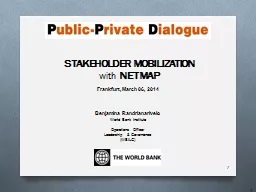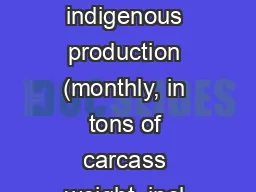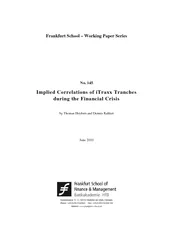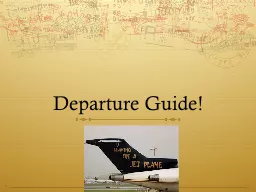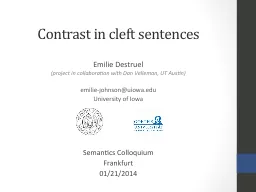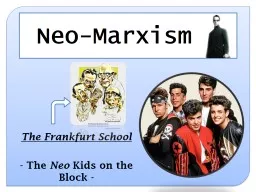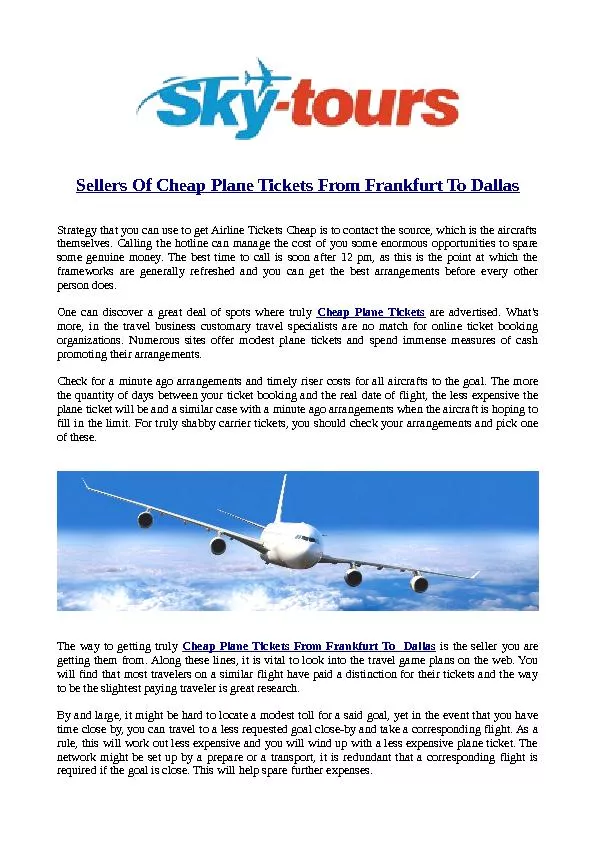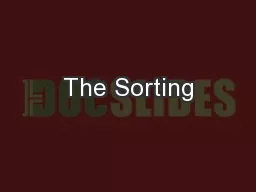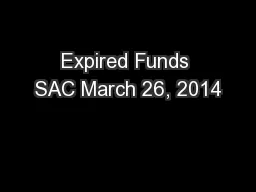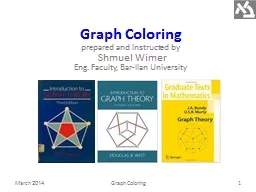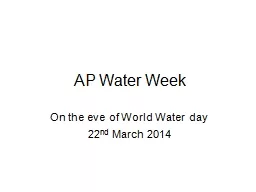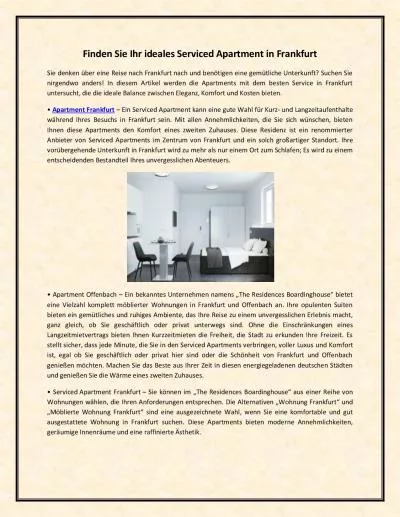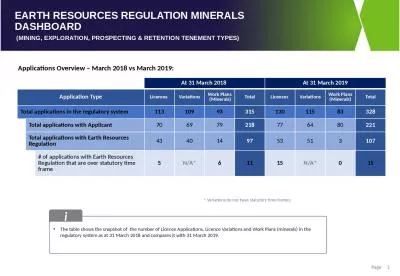PPT-Frankfurt, March 06, 2014
Author : yoshiko-marsland | Published Date : 2020-01-18
Frankfurt March 06 2014 Benjamina Randrianarivelo World Bank Institute Operations Officer Leadership amp Governance WBILG 1 STAKEHOLDER MOBILIZATION with NETMAP
Presentation Embed Code
Download Presentation
Download Presentation The PPT/PDF document "Frankfurt, March 06, 2014" is the property of its rightful owner. Permission is granted to download and print the materials on this website for personal, non-commercial use only, and to display it on your personal computer provided you do not modify the materials and that you retain all copyright notices contained in the materials. By downloading content from our website, you accept the terms of this agreement.
Frankfurt, March 06, 2014: Transcript
Download Rules Of Document
"Frankfurt, March 06, 2014"The content belongs to its owner. You may download and print it for personal use, without modification, and keep all copyright notices. By downloading, you agree to these terms.
Related Documents

